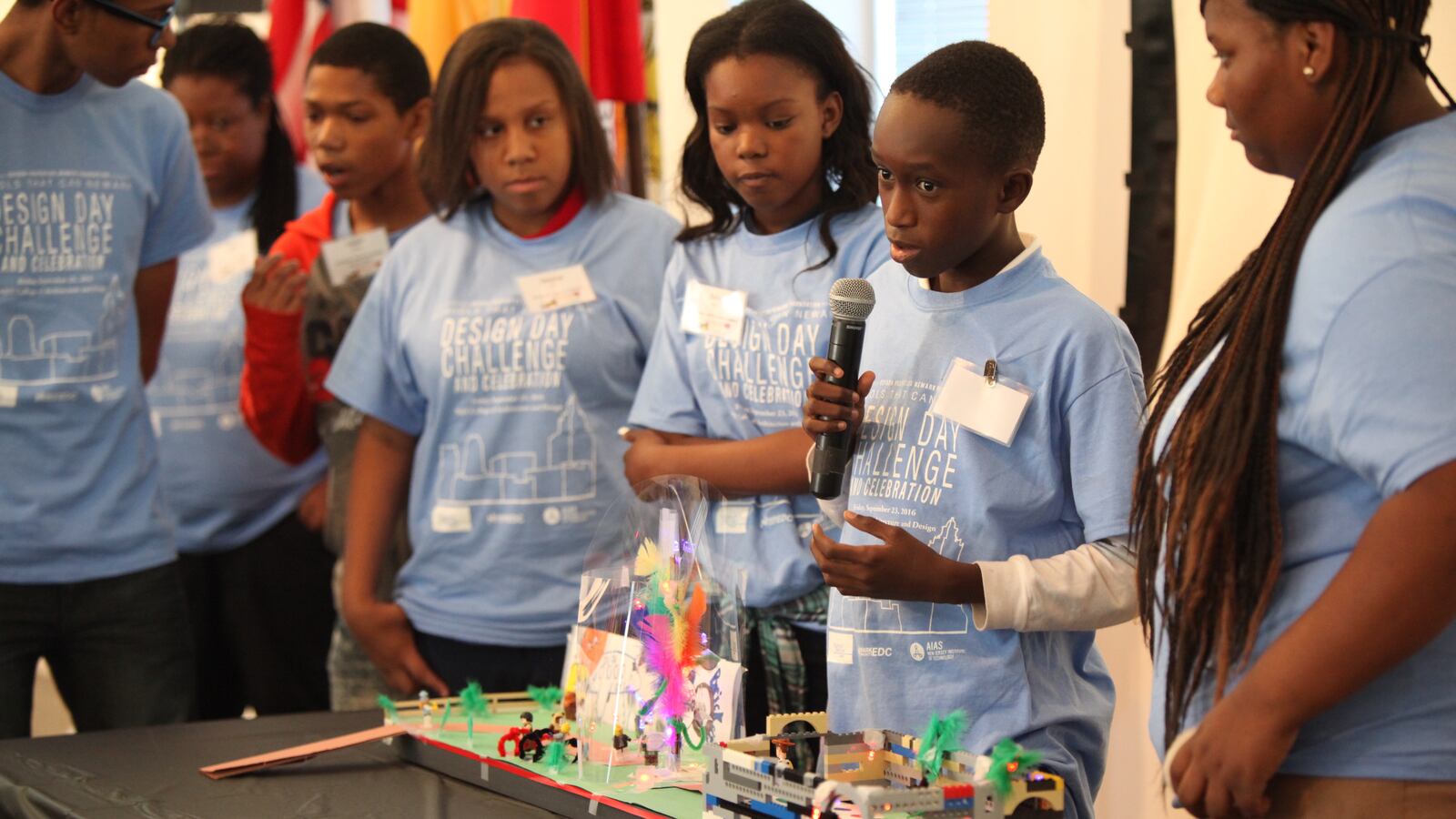I remember thinking during high school, “When will I ever use this?”
Being from a rural New Jersey community where many students didn’t go to college, some teachers couldn’t tell me how calculating cosine or knowing a chemical formula would assist me in my post-secondary life. In retrospect, those skills did have real-world connections, like the important role of chemistry in farming or trigonometry and geometry in the construction trades.
The same is true today — and not only in rural areas, but also in cities like Newark. More than ever, students can benefit from real-world experiences that prepare them to enter a changing job market and lead fulfilling lives. And those real-world experiences need to be culturally relevant, so students can see themselves and their communities reflected in what they learn.
At Schools That Can Newark, we’ve been helping schools across the city provide students with those kinds of experiences. We connect students to career pathways in high-demand industries in Newark, such as advanced manufacturing and health services. Students get to experience what those jobs are really like through internships, site visits, mentorships, and team projects in their schools.
As we speak, students at West Side High School in our advanced manufacturing program are using their knowledge of 3D printing and the design-engineering process to produce iPad holders for students with disabilities at another Newark school. The learning experience is twofold: They’re applying what they learned in a real-world business and design process, while also addressing an issue that’s relevant to them — how to make classrooms accessible to their peers with disabilities.
Similarly, at our annual Design Day last fall, over 50 middle schoolers from across Newark pitched their ideas for a redevelopment of Washington Park that the city is currently planning. The students presented 3D designs that reimagined what the park could look like to judges who are actual decision-makers in the redesign process. The judges brought back the students’ ideas to the full design team so they could be incorporated into the final plan.
One day, when the park is redeveloped, students will be able to walk through it and say, “I remember when my team helped design this.”
Our current generation of young people is the most diverse in history. Culturally relevant, real-world learning empowers them to be effective decision-makers, designers, inventors, and communicators. It allows them to see how subjects like trigonometry and chemistry are important to their future careers and to their communities.
And that real-world learning isn’t just happening here — people in schools across the country are engaging in it. Next week, they will meet in Newark for our national forum, which will feature workshops, school tours, and sessions led by educators and leaders in this field.
This work is not limited to educators. If we want to prepare all our students for the careers of their future, then educators, community leaders, and local companies must come together to help students experience academic concepts in culturally relevant, real-world ways.
Erin Sweeney is executive director of Schools That Can Newark, a nonprofit that supports real-world learning in more than 35 district, charter, and independent schools in the city annually.

